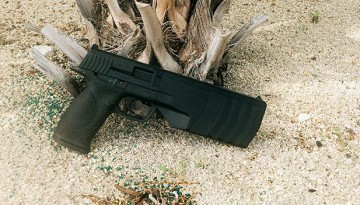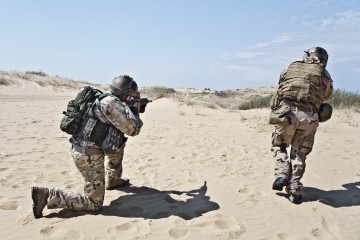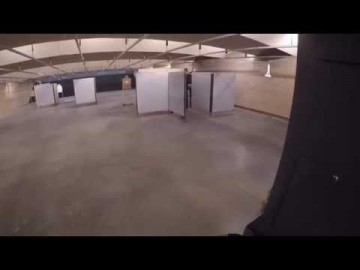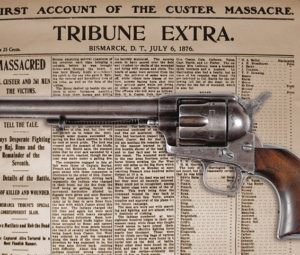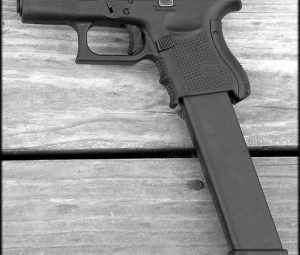[VIDEO] Throwing Civilians Into Intensive Rifleman Training — How Would You Do?
This video from Funker Tactical takes a first hand look at a great new civilian training initiative put on by former Marine Daniel Shaw in Kansas. Some of the participants may have had prior military or law enforcement training but one thing is for certain — nothing gets you prepared like running actual drills. It’s a reality few of us like to consider. If you don’t use it, you lose it.
What’s so powerful about this video is how it follows through the course of a complete three day training session. We all get to feel the cold, the chill, and the awkwardness of suddenly trusting complete strangers to support and protect us in offensive and defensive field operations.
Highlighting The Importance Of Squad Unity
In regular day-to-day life, there are certainly exceptional individuals ready to rise to the challenge of self-preservation. In the real world team-based scenario, there can only be the group. Learning to work in a “pack” or squad-sized unit can be something very uncomfortable at first. Everyone has their own idea of what they’re supposed to be doing. There are plenty that just “go with the flow” even if the tactics feel wrong or silly.
One of the important features of this video is how it highlights the dangers of not working together as a team.
No matter how well trained a single individual is, if there’s no communication — the group is in for a real bad day.
This civilian rifleman’s course is intended to imbue its participants with the skills necessary to organize group movements. Many of the participants will go home to introduce these techniques to their family, neighbors, and friends in the hopes of preparing each other for emergency measures.
Leadership Is Always Needed
In a group of men of varying backgrounds and experience, it’s hard to assert yourself as a leader. This was one of the first faults discovered with these participants through this course. The first platoon leader was unable to effectively communicate a course of action when simulated bullets started flying. Members of the squad were out in the open and chaos quickly took hold of the situation.
Teaching the importance of communication and having a clear chain of command is important. It doesn’t mean that whoever is in charge has to be the “big boss”. Knowing when to delegate authority is equally as important as having it. When moving in large groups, central communication can and will break down in an actual firefight. It’s important to have delegated team leaders who know the basic plan and can move their guys to good supporting positions.
Know The Strengths Of Your Group
Military and law enforcement have the advantage of knowing what their team brings to the table. In an emergency situation, civilians may have a bigger degree of difficulty. Knowing who the designated marksmen are, who’s laying down suppressive fire, and who’s out of ammunition are all pieces of information essential to planning a good battle strategy. And especially when dealing with a wide mixture of experience and ability, it’s all the more important to know your strengths and your weaknesses.
Ultimately, courses such as this rifleman’s course offered by Daniel Shaw serve only to strengthen skills we thought we had and reinforce good technique. The reality is that in order for courses like this to be effective, you have to not only take in as much as you can throughout the training but also be prepared to practice it with your own team at home.

